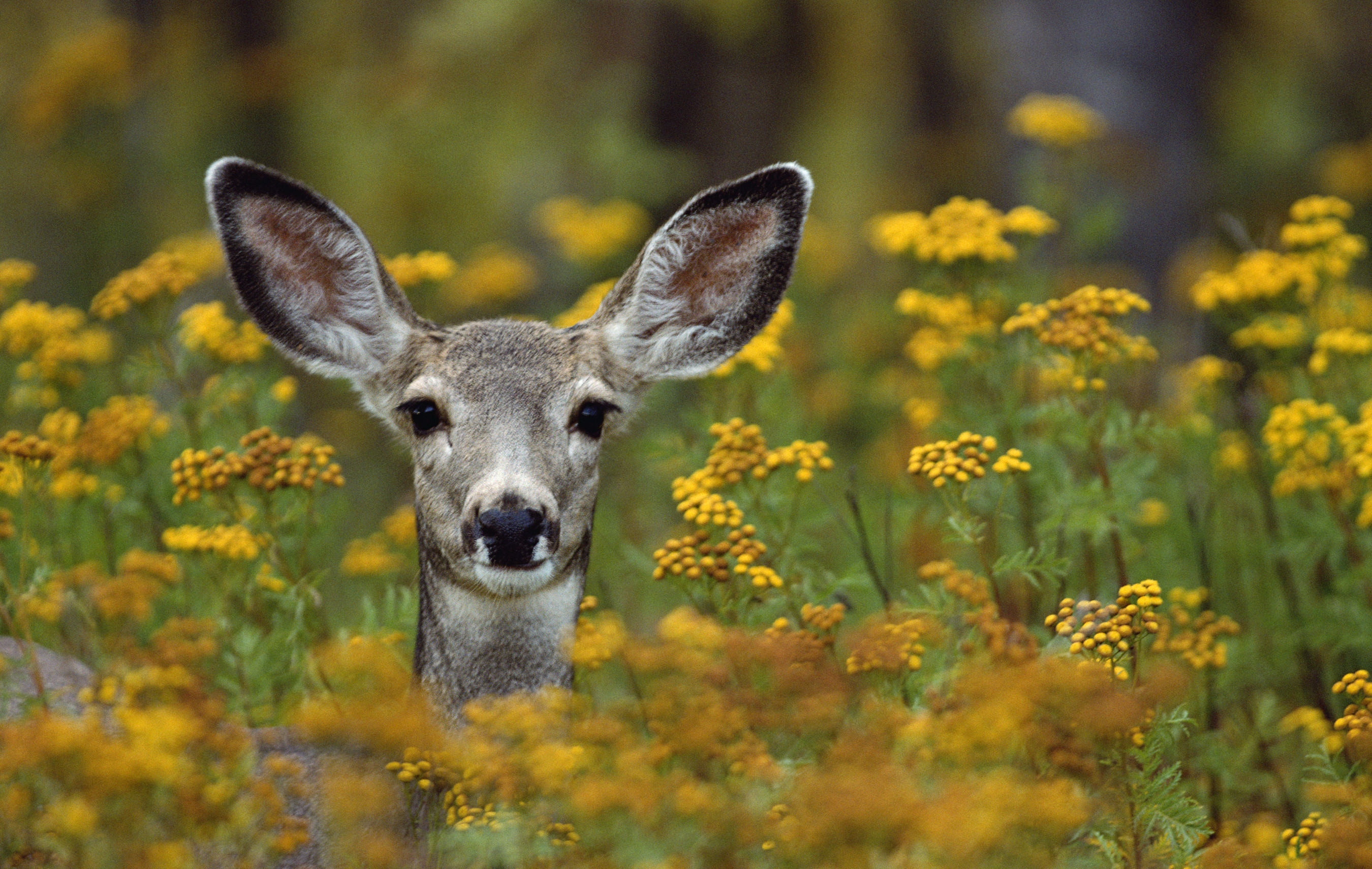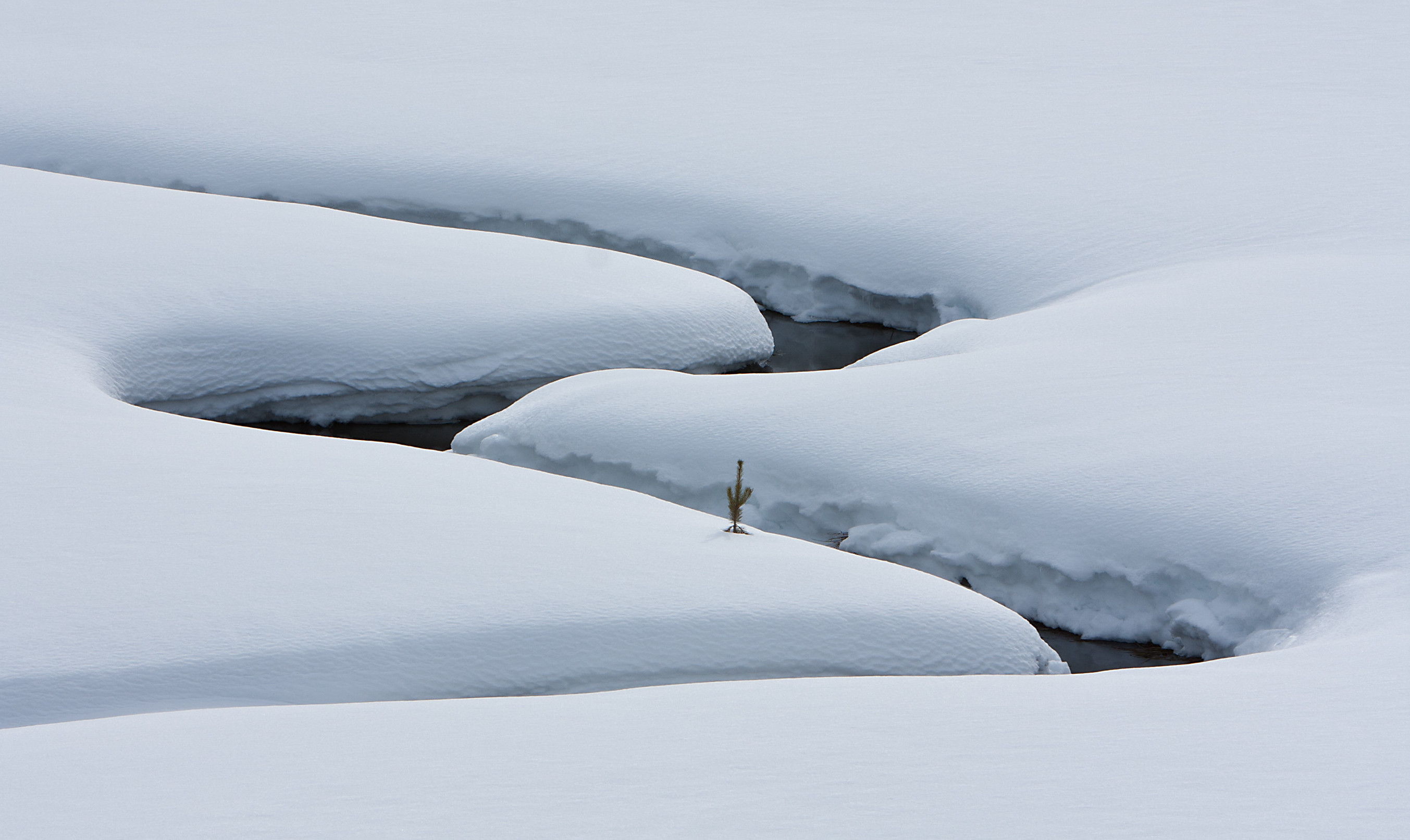When planning your trip to Jackson Hole keep in mind when is as important as where.
Here we break down the seasons to fine tune your travel planning.
SPRING - MID APRIL - MAY - MID JUNE
It is difficult to say when winter ends and spring begins. May brings the promise of spring with occasional bouts of winter. It is a most dynamic time of year for weather and wildlife, providing excellent photo opportunities with fewer people. With deep snow smothering the high country, large numbers of animals concentrate in the valleys below. It is the best time to see Bears, both Black and Grizzly, as they forage far and wide in search of sustenance to kick start their digestive systems. In late May, orange knobby kneed bison calves dot the landscape among the riotous yellows of Balsamroot and Dandelion. As May turns to June, Elk, Moose, Deer and Antelope young on wobbly legs explore the world around them. And the birds return, hundreds of species by the thousands. There is an energy now as the season roars back to life from winter's abyss.
SUMMER - JUNE - JULY - AUGUST
Ah summer... a time of abundance, easy living and renewal. A stark contrast to just a few short months ago. Long warm days allow for a respite of sorts. A collective sigh of relief emanates from those who've endured yet another 'hunger moon' in this unforgiving place. Wildlife follow a receding snowpack into the hills seeking solitude and refuge from from the heat of summer. Raging, turbid rivers and streams fueled by snowfields above become meandering alcohol clear tributaries by seasons end. It is for the visitor the busiest season. Antlers of Elk, Moose and Deer grow back now, with amazing speed, sporting a fuzzy velvet exterior. Waterfalls, geysers and stunning mountain vistas beckon and excite even the most seasoned outdoor photographer in this season of plenty.
AUTUMN - SEPTEMBER - OCTOBER - NOVEMBER
With summer now only a distant memory, autumn imposes a sense of urgency. It is the rut, or breeding season, for all big game and is the climax of their year. The resonant, nasal call or 'bugle' of Elk bulls echo throughout high mountain meadows, bringing with it the promise of a new generation. The first snows of winter dust surrounding peaks, while overhead, Geese anxiously stage for their annual journey to all points south. Shortening days trigger a decline in photosynthesis, revealing brilliant color in Aspen, Willow, Cottonwood and Mountain Maple. There is a clarity now, a sense of purpose for all things living... and a glorious time to be afield !
WINTER - NOVEMBER - APRIL
Winter may be the most visually compelling season of all. There is something inherently dramatic about life on the edge. Half of one's life here is spent in winter. Deep snow and temperatures that can plummet to -40f demand the most from those that choose to stay. The sun hangs low on the horizon now, bathing frosty Bison and bubbling mud in extraordinary light. For photographers, these extremes add drama to fuel this creative endeavor. While some may seek shelter, photographers seek pictures in this amazing place. Access is limited by snow in many places, allowing for travel by snocoach or snomobile into the less traveled interior of Yellowstone NP, an adventure in and of itself with limitless photo opportunities.



